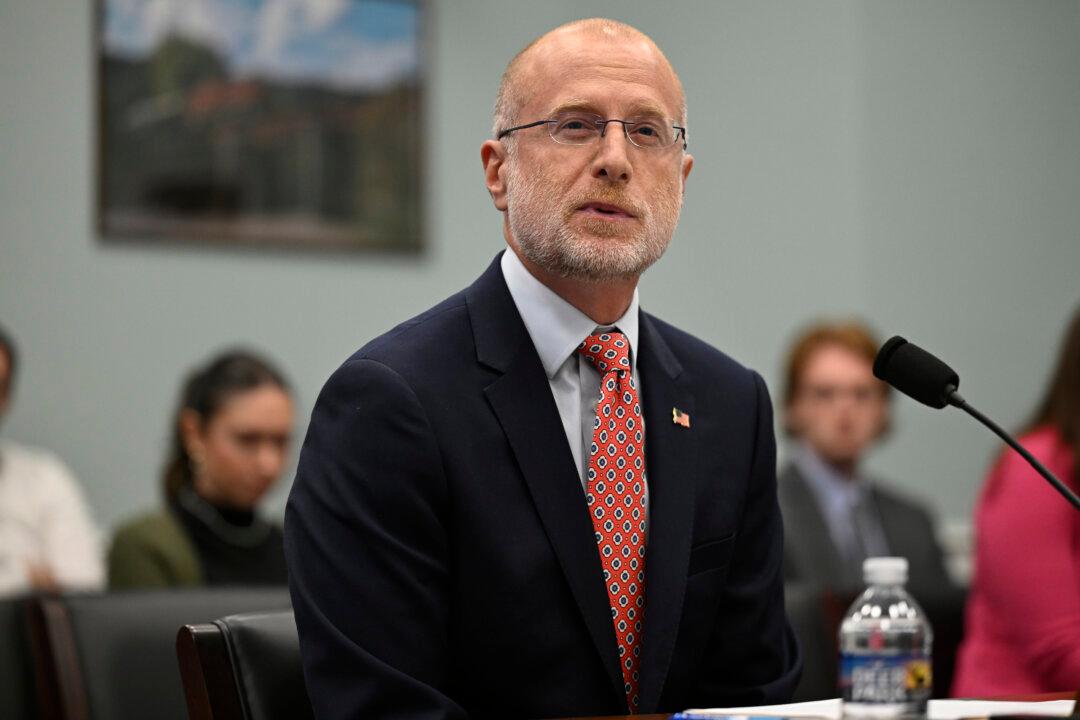The statistics watchdog has confirmed on Wednesday that it’s scrutinising the government’s claim on having clearing the asylum backlog.
The government said in a statement published on Tuesday that it has delivered Prime Minister Rishi Sunak’s commitment of “clearing the legacy asylum backlog” despite the fact that 4,537 “complex cases” remain undecided.





